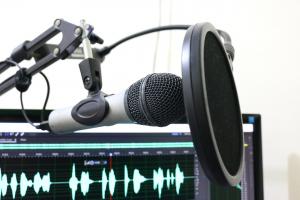Public broadcaster ARD goes digital with Google Cloud
 German public broadcaster ARD was founded in 1950 and has grown to have a budget of €6.9 billion, with over 22,000 employees and a network of nine regional broadcasters, along with international state-funded broadcaster Deutsche Welle.
German public broadcaster ARD was founded in 1950 and has grown to have a budget of €6.9 billion, with over 22,000 employees and a network of nine regional broadcasters, along with international state-funded broadcaster Deutsche Welle.
On a daily basis, ARD produces around 250 hours of television and 1,500 hours of radio programming, but, with its video delivery platform running on an outdated infrastructure, the broadcaster had found it challenging to keep up with how users get their content.
As a result, it chose Google Cloud to build a new platform in order to improve user experience worldwide and develop a European video-on-demand platform.
ARD Online CTO Malte Blumberg commented: “When I joined ARD, the gap between the market and our offering was increasing. We didn’t have the technology or the digital-first mindset to catch up. We’ve rebuilt on Google Cloud to create better content, a better user experience, and a better service overall.”
For the final iteration of its infrastructure, ARD utilised Google Kubernetes Engines and operations tools for monitoring, as well as running managed MongoDB clusters and Memorystore for managed Redis. ARD uses Apigee for API management, allowing easy network-wide distribution, and Firebase.
The new infrastructure enables ARD to easily scale up or down to meet demand. Malte says: “With Google Kubernetes Engine, we can scale to meet these peaks, and save money by scaling down when traffic subsides. That enables us to focus on more value-driven development.”
The restructuring also involved moving 150 ARD products onto five platforms: ARD Mediathek for video content, ARD Audiothek for sound, Tagesschau for current affairs, Sportschau for sport, and KiKA for children’s programming.
This, along with the new API-drive approach, has seen an increase in user engagement, with annual views on ARD Mediathek doubling from 50 million to 100 million, while the average time spent on the platform has increased from 20 minutes per session to 50.
ARD has also been able to speed up delivery, testing new ideas and launching updates far faster than it previously could. Where development turnaround cycles previously took three months, the broadcaster can now have a new release in production everyday.







